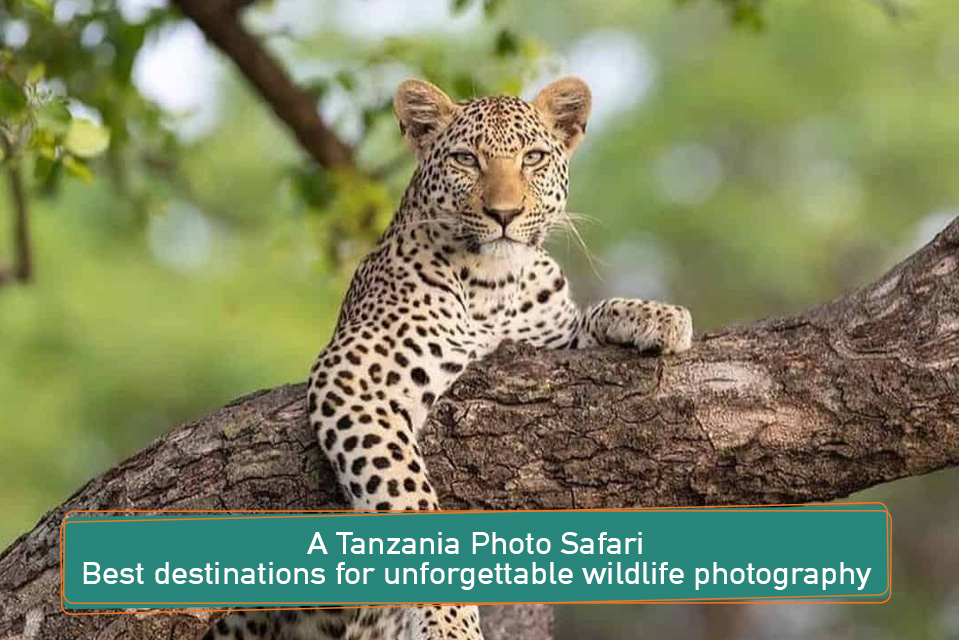
A Tanzania photo safari for unforgettable wildlife photography
From the golden savannahs of the Serengeti to the misty rims of the Ngorongoro Crater, a Tanzania photo safari is a photographer’s dream — a land where every turn of the road offers another unforgettable shot. Whether you’re a seasoned pro with a long lens or an enthusiastic amateur with a smartphone, this is a place that rewards patience, curiosity, and a love for the wild.
A Tanzania photo safari isn’t just about ticking off the Big Five. It’s about the way light catches on a lion’s mane at dawn, or the silhouettes of acacia trees against a tangerine sky. It’s about stories, stillness, and serendipity. And the best part? Tanzania has some of the richest and most photogenic landscapes on the African continent.
Here are the top places to point your lens — and lose your heart.
Serengeti National Park – The stage for the Great Migration
No list of Tanzania’s top photographic locations is complete without the Serengeti. The name alone conjures images of endless grasslands, prowling predators, and wildebeest on the move. For photographers on a Tanzania photo safari, it’s an open-air studio of astonishing scale.
The drama of the Great Migration — over a million wildebeest and zebra thundering across the plains — is like a living, breathing wildlife documentary. Capture dust-kicked chaos as herds gallop across the horizon, or freeze a moment of tension as a crocodile lurks at a river crossing. But don’t overlook the quieter scenes: a mother cheetah with her cubs at golden hour, or a solitary giraffe beneath a cobalt sky.
Best time to visit: June to October (migration), but the Serengeti is photogenic all year round.
Ngorongoro Crater – A wildlife reserve like no other
Imagine standing on the rim of a vast, collapsed volcano, gazing down into a prehistoric-looking amphitheatre teeming with wildlife. Welcome to the Ngorongoro Crater — a natural marvel and a photographer’s paradise.
This UNESCO World Heritage Site is packed with life: black rhino, lion prides, hippos wallowing in swampy pools, and flamingos pirouetting on alkaline lakes. The light here is magical — mist hangs in the air at dawn, creating soft, ethereal conditions that turn even the most ordinary moments into painterly compositions.
Best time to visit: Dry season (June–October) for clear skies and easier wildlife spotting.
Tarangire National Park – The land of giants
Often overshadowed by its more famous neighbours, Tarangire is a hidden gem for photographers on a Tanzania photo safari — especially those who love elephants. Huge herds gather around the Tarangire River in the dry season, offering incredible close-up encounters.
The real stars here, though, are the ancient baobab trees. Their gnarled trunks and hulking silhouettes add a unique dimension to any frame. Photograph an elephant dwarfed beneath a baobab at dusk, and you’ve got a shot worthy of any gallery wall.
Best time to visit: June to November, when animals congregate near water sources.
Lake Manyara – Shimmering reflections and tree-climbing Lions
Compact but brimming with variety, Lake Manyara National Park is a wonderful stop for photographers looking for diverse subjects in a short space of time. The lake itself is a mirror for dramatic skies and thousands of flamingos. Forested areas are home to blue monkeys and elephants, while open plains may just yield the park’s most intriguing stars — tree-climbing lions.
Add in vibrant birdlife and bold colours, and you’ve got a destination that delights in both detail and drama.
Best time to visit: Dry season (July–October) for clear skies and better wildlife visibility.
Ruaha National Park – Remote and raw
For photographers on a Tanzania photo safari, looking for unforgettable wildlife photographyseeking solitude and soul-stirring wilderness, Ruaha is the place. Far from the crowds, this lesser-known park offers a more rugged, untouched safari experience. Expect dramatic landscapes, giant baobabs, and some of Africa’s largest elephant and lion populations.
The golden light of early morning here is pure magic — casting long shadows and igniting the earth in a warm, ochre glow. It’s a place to slow down, observe patiently, and capture wild beauty at its most elemental.
Best time to visit: June to October, when wildlife gathers along the rivers.
Top photography tips for a Tanzania photo safari
- Golden hours matter: Sunrise and sunset offer the best light for photography. Plan game drives to catch the early and late hours — you’ll thank yourself later.
- Choose the right gear: A DSLR or mirrorless camera with a zoom lens (200–400mm) is ideal for wildlife. Don’t forget spare batteries, memory cards, and a dustproof camera bag. Smartphone cameras are surprisingly good too, especially for landscapes.
- Know your settings: Practice fast shutter speeds for action shots and wider apertures for low light. Many safari lodges offer photography tuition — ask in advance.
- Dress for the environment: Neutral colours, sun protection, and layers are essential. Early mornings can be cold; midday heat can be intense.
- Book with photographers in mind: Some safari companies offer specialist photo safari tours with guides who understand light, angles, and positioning for shots. It’s worth paying extra for a guide who’ll wait patiently with you for the moment.
- Travel smart: Look out for a safari deal that includes private vehicle use — it makes a huge difference when you want to wait for the perfect composition without being rushed.
Final frame: Why a Tanzania photo safari?
A Tanzania photo safari isn’t just a holiday — it’s a visual feast, an adventure, and a memory bank waiting to be filled. Whether you’re after that award-winning wildlife shot or simply want to capture the joy of being out in wild places, Tanzania delivers.
From the thundering migration to the stillness of dawn over a crater floor, this country invites you to slow down, look closer, and fall in love with Africa — one frame at a time.
Find out more about a Tanzania safari – Discover the magic of a Tanzania safari
Leave a Reply
Your email address will not be published. Required fields are marked *

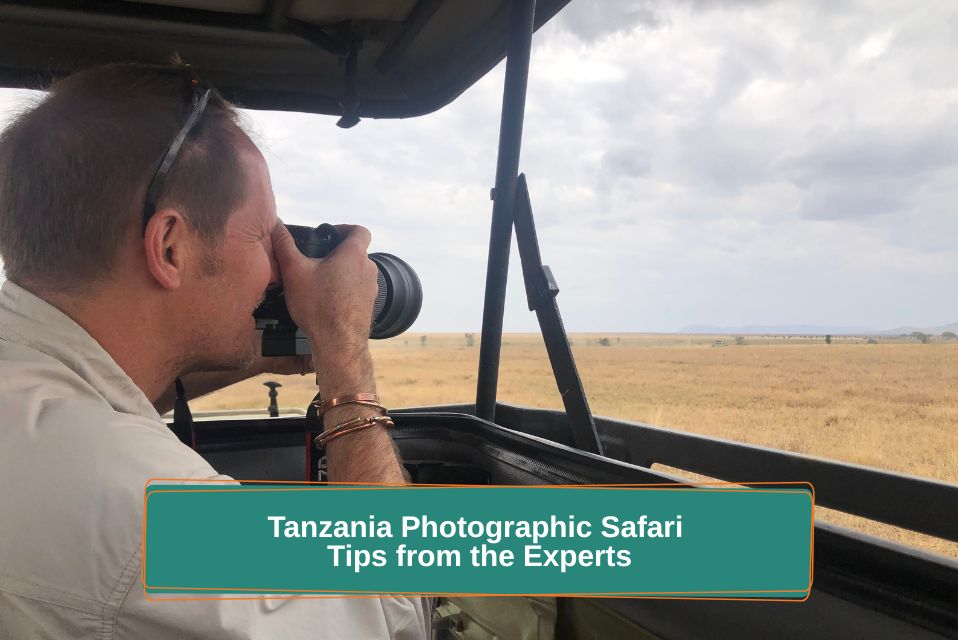
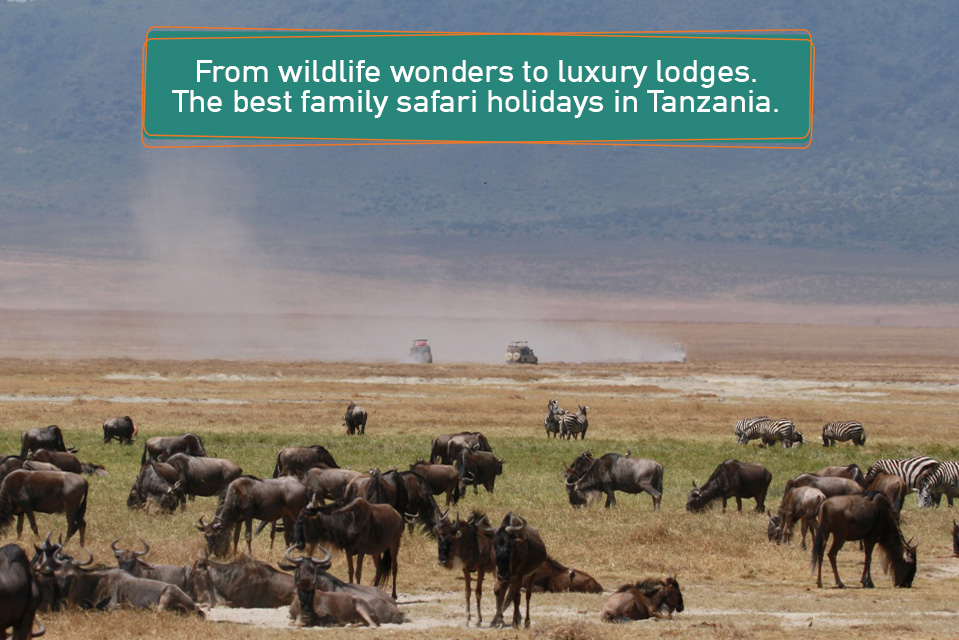
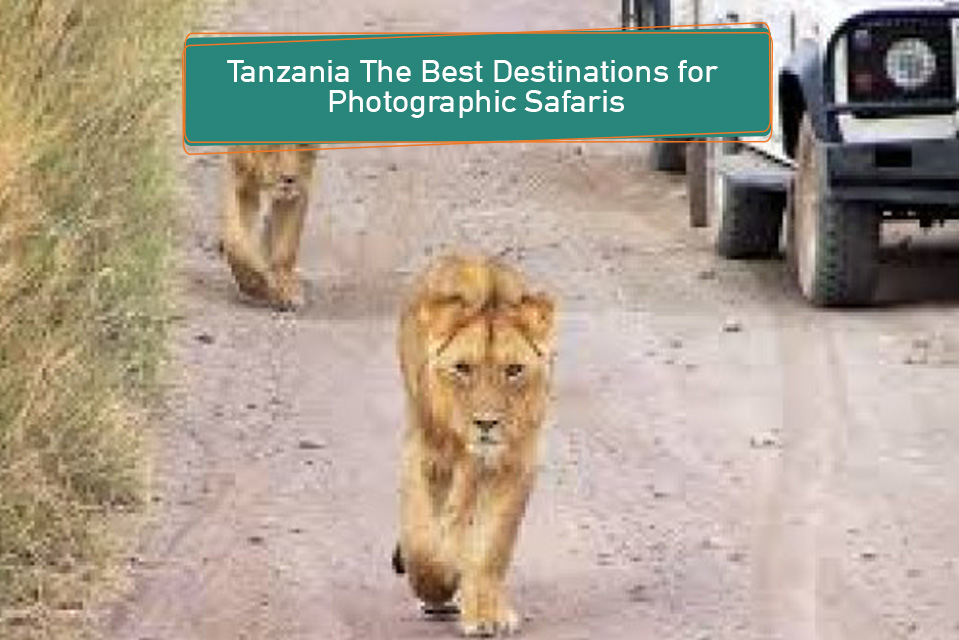
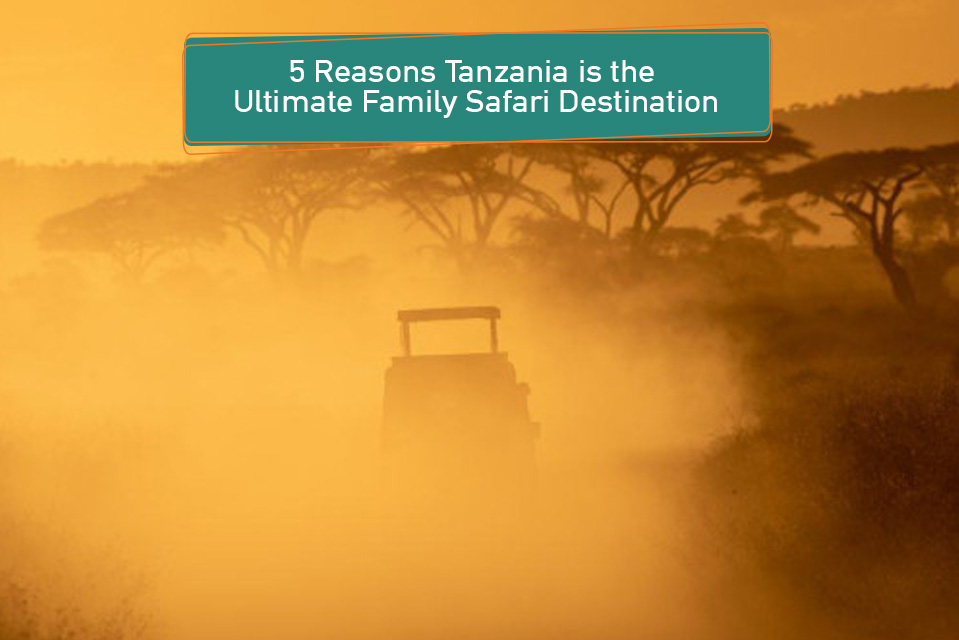
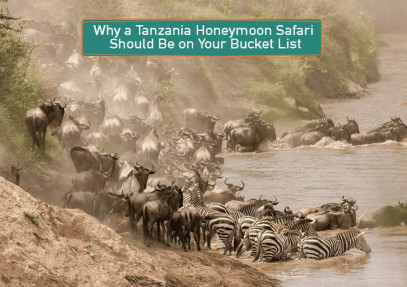

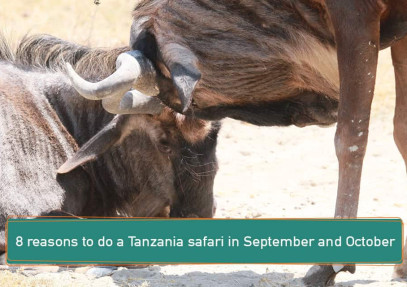
No Comments